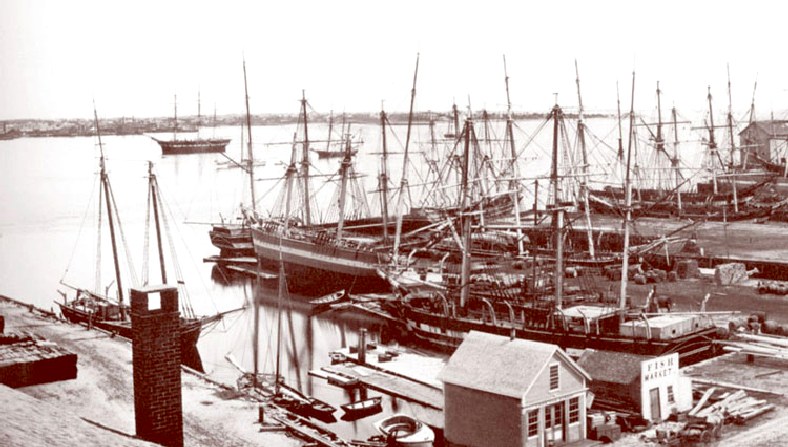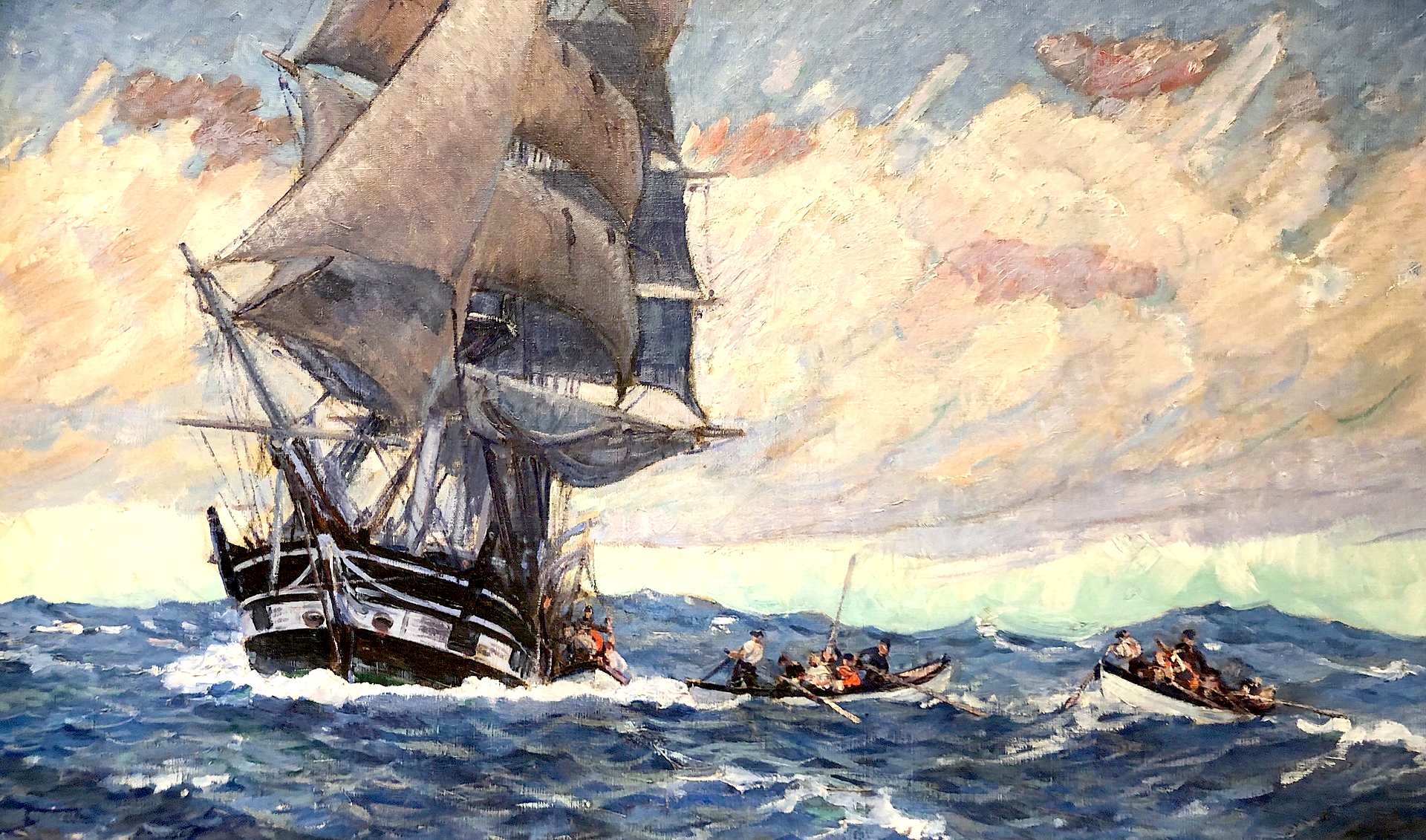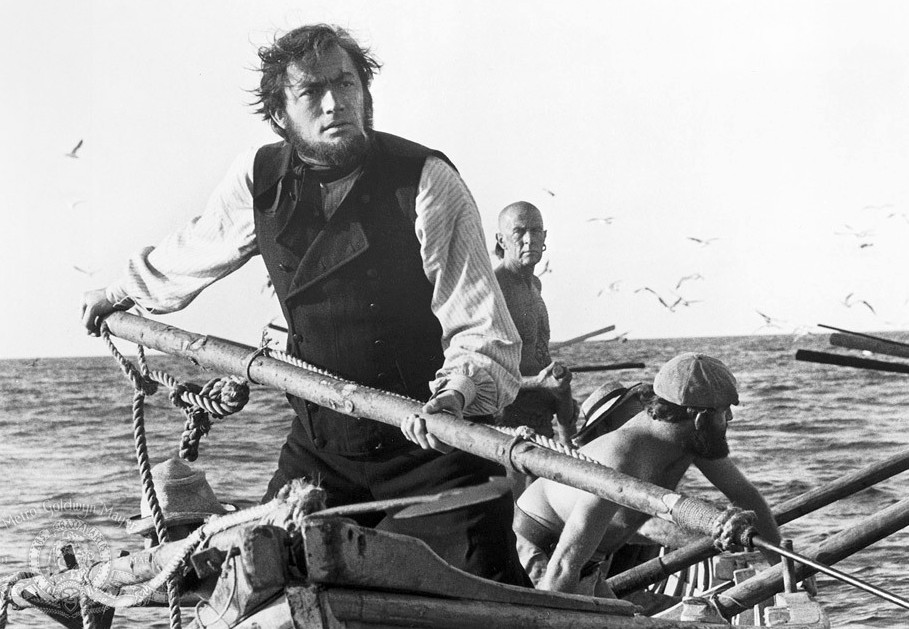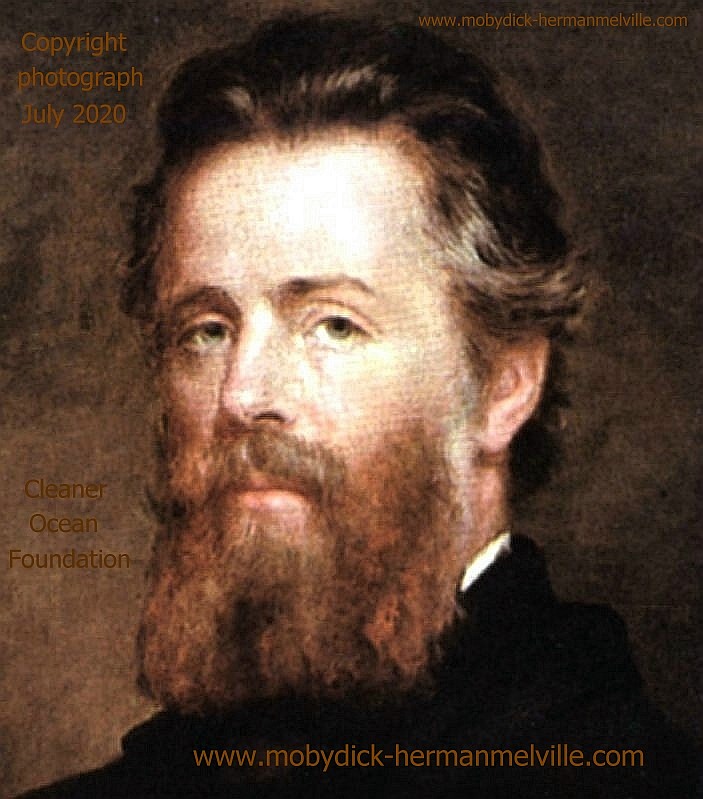|
NEW BEDFORD
Please use our A-Z INDEX to navigate this site
|
New Bedford harbor 1867
New Bedford is a city in Bristol County, Massachusetts, United States. As of the 2010 census, the city had a total population of 95,072, making it the sixth-largest city in Massachusetts.
New Bedford is nicknamed "The Whaling City" because it was one of the world's most important whaling ports in the nineteenth century, along with
Nantucket, Massachusetts, and New London, Connecticut. New Bedford, Fall River and Taunton are the three largest cities in the South Coast region of Massachusetts. The city is known for its fishing fleet and accompanying seafood industry, as well as for its high concentration of Portuguese Americans.
Whaling dominated New Bedford's economy for much of the century, and many families of the city were involved with it as crew and officers of ships. The Quakers remained prominent and influential in New Bedford throughout the whaling era. They brought religious values into their business models, promoting stability as well as prosperity, investing in infrastructure projects such as rail, and employing without discrimination. They established solid social and economic relationships with Boston, New York, and Philadelphia, integrating New Bedford into the urban northeastern economy.
Despite the historical decline of fishing and whaling in New England, New Bedford continues to be a leading fishing port. In 2016, New Bedford was the highest-valued port in the nation, a title it has held for seventeen straight years. $327 million worth of seafood crossed its docks, making it more valuable than even the most productive Alaskan fishing ports. While volume is below other major ports, New Bedford retains is top position due largely to its scallop fishery.
Gregory Peck gives an outstanding performance as Captain Ahab, the obsessed master of the Pequod, in the 1956 movie: Moby Dick.
A BIT OF HISTORY
Moby Dick is the story of a great white sperm whale that fought back at whalers who tried to harpoon him. The idea came to Herman Melville after he spent time on a commercial whaler, where stories abounded of the sinking of the Essex in 1821 and Mocha Dick, a giant sperm whale that sank around 20 ships, before being harpooned in 1838.
Moby Dick has inspired a great many adaptations, the same basic story finding its way into the making of four films and two television adaptations.
In addition there are many comics and illustrated volumes, adapted from the original, one of which is the emerging graphic novel version of a large humpback whale called Kulo Luna.
Kulo Luna is not as big as the whales depicted in Herman Melville's Moby Dick, but she has a diamond encrusted heart of gold, only attacking whaling ships that present a danger to herself or her friends.
Herman Melville was the author of what we'd now consider an illegal activity, the commercial hunting of whales for oil and meat.
Please use our A-Z INDEX to navigate this site
|
|
This website is Copyright © 2020 Cleaner Ocean Foundation Ltd and Jameson Hunter Ltd
|



